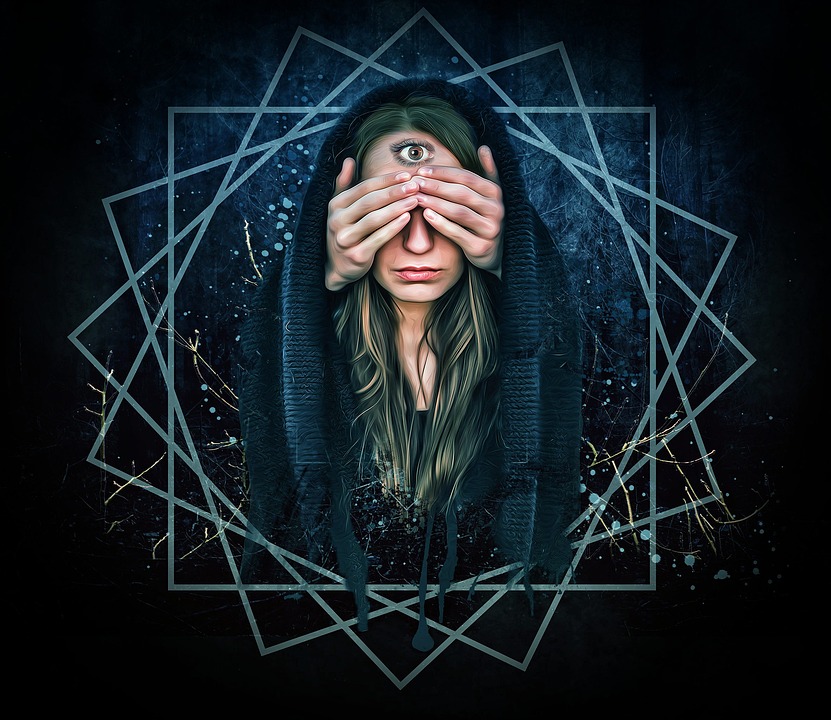10 Essential Elements of a Stunning Graphic Design Brochure
Graphic design brochures are an incredibly effective way to showcase your products or services to potential customers. They can be used as effective marketing tools for your business in conferences, trade shows, or as handouts during sales meetings. A well-designed brochure can help you to make a strong and lasting impression on potential customers, and entice them to purchase your products or services.
To create a stunning brochure, there are ten essential elements that you need to consider:
1. Cover Design: The cover of the brochure should be catchy and visually appealing. It should grab the attention of the reader and make them want to open and explore the brochure further.
2. Brand Identity: Your brochure should reflect your brand identity. It should include your logo, color scheme, and other branding elements to give your target audience a clear idea of your brand personality.
3. Clear and Concise Message: Your brochure should communicate your message clearly and concisely. Avoid using jargons, and use simple language that can be easily understood.
4. High-Quality Images: The images you use in your brochure should be of high quality. They should be visually appealing and relevant to the content.
5. Captivating Headlines: The headlines of the sections in your brochure should be attention-grabbing, creative, and informative. This will help your readers to navigate your brochure easily.
6. Well-Structured Layout: The layout of your brochure should be well-structured and easy to follow. It should provide a seamless flow of information throughout the brochure.
7. Call-to-Action: Your brochure should have a call-to-action that directs the reader on what to do next, such as visiting your website, making a purchase, or booking an appointment.
8. Informational Content: The content of your brochure should be informative, highlighting the key features and benefits of your products or services.
9. Typography and Color: The typography and color of your brochure should complement each other. Use a maximum of two or three fonts, and ensure that they are legible. Similarly, the color scheme should be consistent with your branding.
10. Print Quality: Finally, your brochure should be printed on high-quality paper, with a finish that enhances the visual appeal of the design.
In conclusion, a stunning graphic design brochure requires careful planning, creativity, and attention to detail. It is a powerful tool to promote your business and attract new customers. By incorporating these essential elements into your design, you can create a brochure that stands out and leaves a lasting impression on your target audience.
FAQs
1. What is the ideal size for a brochure?
There is no one-size-fits-all answer to this question, as it depends on your specific needs. However, a standard size for a brochure is 8.5″ x 11″.
2. How many pages should a brochure have?
A brochure can have anywhere from four to 16 pages, depending on how much content you need to include.
3. How much does it cost to print a brochure?
The cost of printing a brochure varies depending on factors such as the quantity, paper quality, finish, and design. It is best to get quotes from multiple printing companies before making a decision.
4. Can a brochure be designed digitally?
Yes, brochures can be designed digitally using various design software such as Adobe InDesign or Canva.
5. How often should a business update its brochure?
It is ideal to update a brochure every two to three years to keep it relevant and fresh. However, if there are significant changes in your business, such as a rebranding or new product launch, an update may be required sooner.






